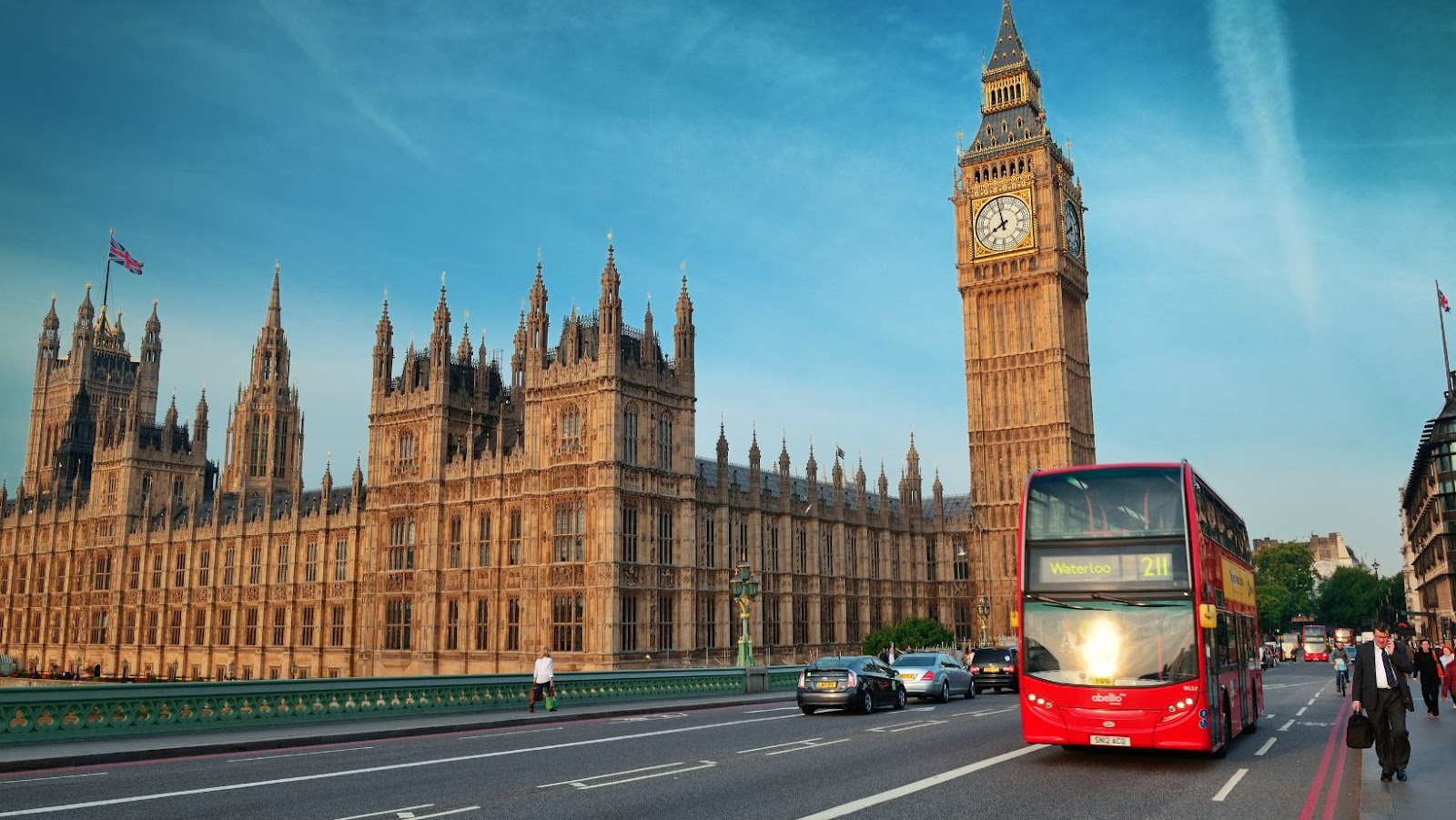42 Wilton Crescent London
Nestled in the heart of London, 42 Wilton Crescent stands as an exquisite example of architectural elegance and historical significance. Situated in the prestigious Belgravia neighborhood, this iconic residence has captured the imagination of many with its timeless charm and grandeur. As I delve into the history and allure of 42 Wilton Crescent, you’ll discover why it holds a special place within the fabric of London’s rich heritage.
Originally built in the early 19th century, 42 Wilton Crescent showcases Georgian-style architecture at its finest. The symmetrical facade, adorned with intricate detailing and imposing columns, exudes a sense of grace and sophistication that is hard to ignore. Through its enduring legacy, this magnificent property has witnessed centuries of change while remaining an emblematic symbol of London’s cultural identity.
Stepping inside 42 Wilton Crescent is like entering a world where past meets present seamlessly. The interiors are thoughtfully designed to combine opulence with modern comforts. From ornate chandeliers hanging from high ceilings to meticulously crafted woodwork that adorns every corner, each room tells a story steeped in tradition and refinement.
Join me on this exploration as we uncover the hidden treasures and captivating tales that lie within the walls of 42 Wilton Crescent. From renowned residents who have called it home to fascinating anecdotes that have shaped its history, prepare to be enchanted by all that this remarkable address has to offer.
History of Wilton Crescent
Wilton Crescent, located in the prestigious Belgravia neighborhood of London, holds a rich and fascinating history that spans centuries. Let’s delve into the captivating story behind this iconic crescent.
- A Grand Design: Wilton Crescent was designed by renowned architect Thomas Cundy II and built between 1825 and 1846. It was part of the Grosvenor Estate development project, envisioned by the Grosvenor family to transform marshy land into an exclusive residential area for London’s elite.
- Aristocratic Residences: From its inception, Wilton Crescent has been associated with aristocracy and grandeur. The crescent consists of stunning Georgian terraced houses that were originally intended as private residences for wealthy families. Today, these elegant buildings still retain much of their original charm and architectural splendor.
- Notable Residents: Over the years, Wilton Crescent has attracted notable residents who have left their mark on both British history and culture. Among them was former Prime Minister Sir Winston Churchill, who resided at number 48 during World War I when he served as Minister of Munitions.
- Architectural Gems: The crescent is adorned with architectural gems that reflect the changing tastes and styles throughout the years. The facades feature intricate stucco work, elegant balconies, and graceful columns—a testament to the craftsmanship of yesteryear.
- Preservation Efforts: In recent decades, there has been a concerted effort to preserve Wilton Crescent’s historic character while adapting it to modern needs. Many properties have been sensitively renovated to combine classic elegance with contemporary luxury amenities.
- Desirable Address: Today, living in Wilton Crescent remains highly coveted due to its prime location within close proximity to Buckingham Palace, Hyde Park, luxury shopping districts like Sloane Street and Knightsbridge, as well as world-class restaurants and cultural institutions.
As we stroll along Wilton Crescent, we can’t help but be enchanted by the history that permeates every corner. It serves as a reminder of London’s rich heritage and the enduring appeal of this iconic address.
Architecture and Design of 42 Wilton Crescent
Let’s delve into the fascinating world of architecture and design at 42 Wilton Crescent. This iconic building in London holds a rich history and showcases remarkable craftsmanship that has stood the test of time.
- Timeless Elegance: From the moment you lay eyes on 42 Wilton Crescent, you can’t help but be captivated by its timeless elegance. The Georgian-style architecture exudes sophistication with its symmetrical façade, grand entrance, and meticulously crafted details. The building stands as a testament to the skilled architects and craftsmen who brought this vision to life.
- Architectural Features: One noteworthy aspect of 42 Wilton Crescent is its beautiful stucco exterior, which adds an air of grandeur to the structure. The intricate decorative motifs adorning the façade showcase the attention to detail that went into every element of its design. As you step inside, you’ll discover high ceilings, intricate moldings, and spacious rooms that create an atmosphere of refined luxury.
- Historical Significance: Beyond its architectural beauty, 42 Wilton Crescent holds historical significance within London’s landscape. Constructed in the early 19th century, it has witnessed centuries’ worth of stories unfold within its walls. This residence has been home to prominent figures throughout history who have left their mark on both local and global affairs.
- Interior Design: The interior design at 42 Wilton Crescent is equally impressive as its exterior. Every room reflects a harmonious blend of classic elegance and contemporary comfort, boasting lavish furnishings and tasteful decor pieces that complement the overall aesthetic seamlessly.
- Preservation Efforts: Preserving such a historically significant building requires dedicated efforts from both owners and conservation organizations alike. Over the years, there have been ongoing restoration projects aimed at maintaining the integrity of this architectural gem while ensuring it remains functional for modern-day living.
